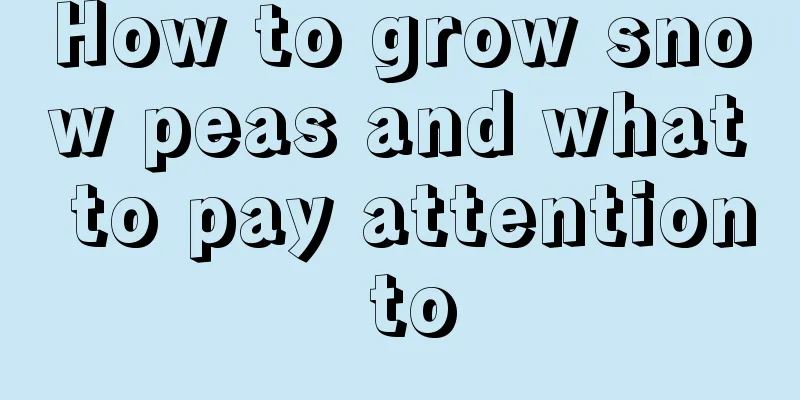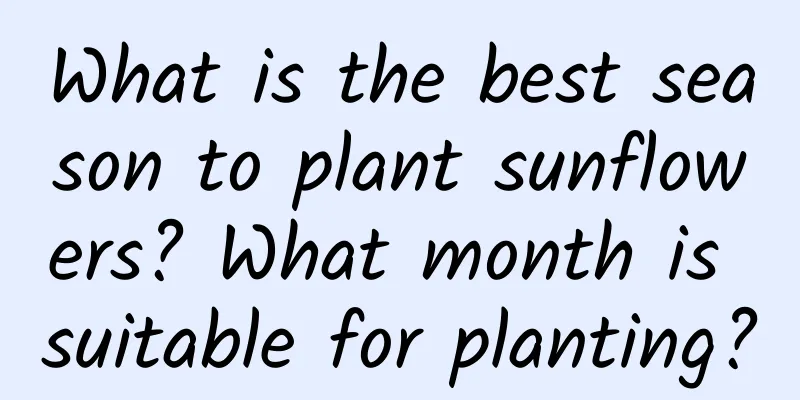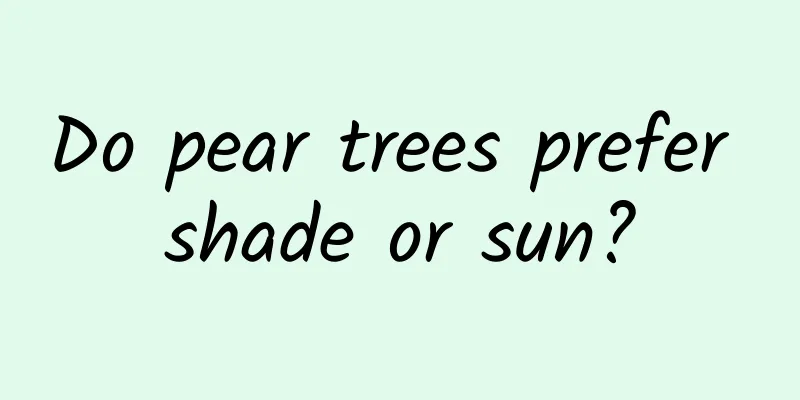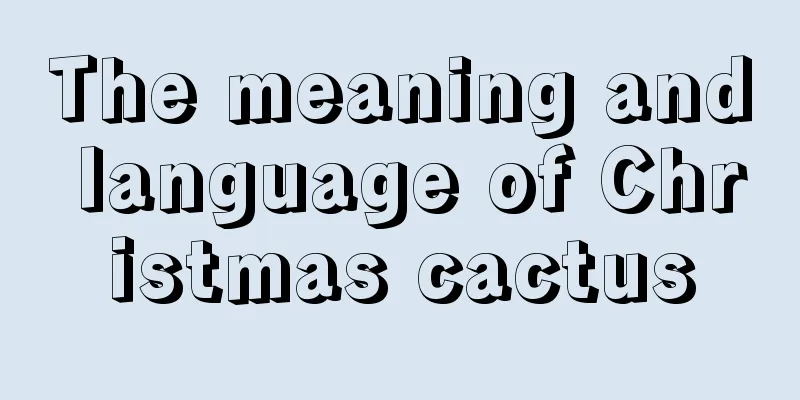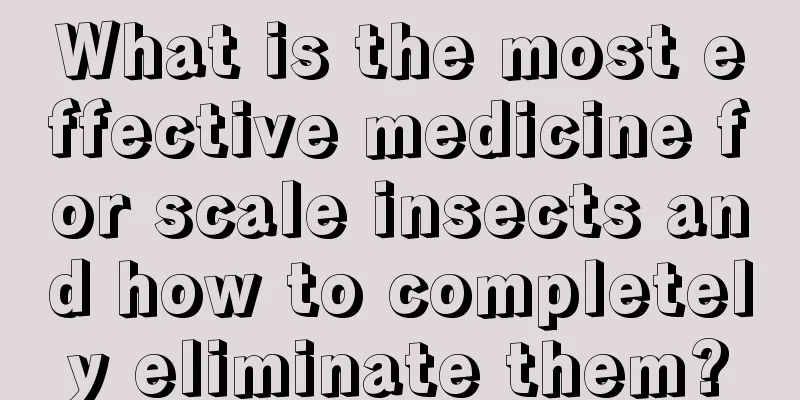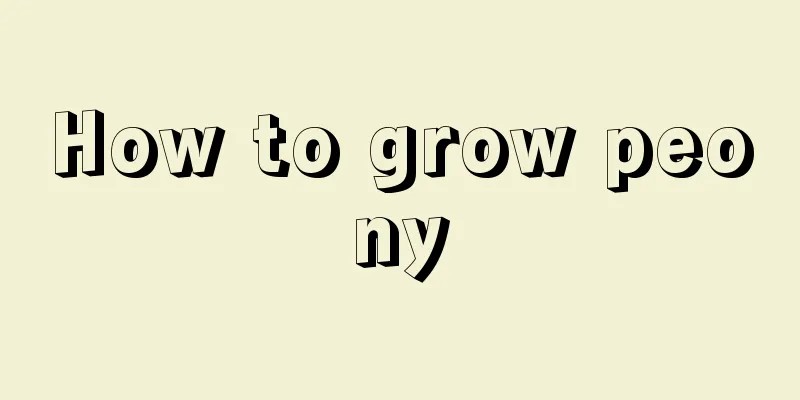Planting methods and techniques of yam
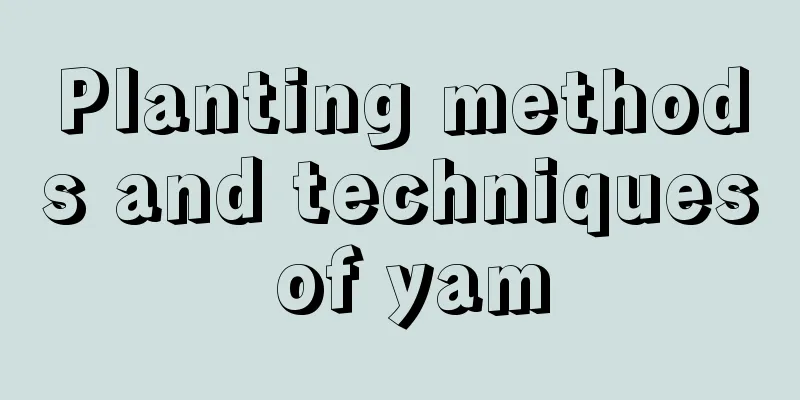
|
Yam is a nutritious vegetable with the effects of strengthening the spleen and stomach, moistening the lungs and relieving cough, nourishing the kidneys and consolidating essence, and the market demand is gradually increasing. In order to meet people's demand for yam, many farmers grow yam. Let's talk about the planting methods and techniques of yam. 1. Variety selection There are many varieties of yam, the most common ones include iron stick yam, vegetable yam, etc. When choosing varieties, consider local climate, soil conditions and market demand. For example, iron stick yam has good taste and high nutritional value, but has high requirements for soil and planting techniques; vegetable yam has high yield and strong adaptability, and is suitable for large-scale cultivation. 2. Site Selection and Land Preparation Site selection: Yam prefers deep, fertile, loose, well-drained sandy loam or loam. Avoid choosing continuous cropping. It is best to choose land where the previous crop was a gramineous crop. Land preparation: Before planting, the land must be deeply plowed, generally to a depth of more than 30 cm. Then apply sufficient base fertilizer, mainly decomposed organic fertilizer , with an appropriate amount of compound fertilizer . 3. Breeding Methods Reed head propagation: When harvesting yam, select yam reed heads that are short-necked, thick, and free of pests and diseases, about 15-20 cm in length, dry them in the sun for 2-3 days, and then store them in sand indoors for later use. When planting, insert the reed head obliquely into the soil to a depth of about 10 cm. Reproduction by epilobium: epilobium is the bulbil that grows between the axils of yam leaves. Harvest the seeds in autumn and select large and plump ones for sand storage. In the spring of the second year, the seeds are taken out and sown, and then transplanted after they have grown into seedlings. 4. Planting time Yams are generally planted in spring and can be sown when the local temperature is stable above 10℃. The planting time varies in different regions. It can be planted in March in the south and around mid-April in the north. 5. Planting Method Trench planting: Dig planting trenches with a row spacing of 80-100 cm, a depth of 100-120 cm, and a width of 25-30 cm. Place the processed seed potatoes in the trench with a spacing of 20-25 cm between plants, and then cover with soil to level them. Punch hole planting: Use a special puncher to punch holes in the ground. The holes are 80-100 cm deep and 8-10 cm in diameter. Place the seed potatoes in the holes, then fill with soil and water. 6. Field Management Build trellises and guide vines: After the yam seedlings emerge, build trellises in time to guide the vines. Generally, bamboo poles or branches are used to build a herringbone frame, and the yam vines are led onto the frame to allow ventilation and light to pass through, thus facilitating their growth. Intertillage and weeding: In the early stage of yam growth, intertillage and weeding should be carried out in time to prevent weeds from competing with yam for nutrients and water. However, when tilling the soil, you must pay attention to shallow tillage to avoid damaging the yam root system. Watering and fertilizing: Yam requires sufficient water and nutrients during its growth period. Control watering during the seedling stage to avoid excessive growth; keep the soil moist during the peak tuber growth period, and combine watering with topdressing, mainly using phosphorus and potassium fertilizers, and apply an appropriate amount of nitrogen fertilizer. 7. Pest and disease control The prevention and control of diseases and pests of yam is very important. The following are some common prevention and control methods of diseases and pests: Anthracnose: In the early stage of the disease, brown spots appear on the leaves, gradually expanding and connecting into one. Prevention and control methods include timely removal of diseased leaves and plants, and increased ventilation and light transmission; in the early stages of the disease, 800-1000 times diluted 70% thiophanate-methyl wettable powder can be sprayed, once every 7-10 days, for 2-3 consecutive times. Brown spot disease: It mainly harms leaves. The spots are round or irregular in shape, with brown edges and grayish white in the middle. Prevention and control measures include crop rotation and reasonable density of planting. In the early stage of the disease, 500 times diluted 50% carbendazim wettable powder can be sprayed once every 7-10 days for 2-3 times in a row. Root-knot nematodes: They can cause tumors of varying sizes to form on the roots of yam, affecting the growth and quality of yam. Prevention and control methods include selecting disease-free seedlings and disinfecting the soil before planting; after the disease occurs, root irrigation can be carried out using agents such as avermectin. 8. Harvest and Storage Yams are usually harvested when the above-ground parts turn yellow after the frost. When harvesting, dig carefully to avoid damaging the tubers. After harvest, the yam can be placed in a cool and ventilated place to dry, and then stored in an environment with a temperature of 0-4℃ and a relative humidity of 80%-85%. Yam cultivation requires site selection, fertilization, reproduction, and timely sowing, and the use of trenching or drilling for planting. Field management includes trellising, weeding, watering and fertilizing, and attention is paid to disease and pest control. After harvest, store in a suitable environment and manage carefully to obtain a good harvest.
|
<<: When is the best time to plant celery?
>>: What is the latest month to plant broccoli?
Recommend
When will sugarcane be put on the market and how much does it cost per pound?
1. Time to market It is an autumn and winter frui...
Can wheat husks be used as fertilizer?
Wheat husks as fertilizer Wheat husks can general...
How to propagate aloe vera? Is aloe vera easy to grow?
1. How to reproduce 1. Cutting: The method of alo...
Can golden sedge be hydroponically cultivated? Hydroponics cultivation method
Can golden sedge be hydroponically cultivated? Go...
How to make the rubber tree grow more side branches? Can the main trunk be carved?
1. How to make rubber trees grow more side branch...
Can gourds be planted in pots?
Can gourds be planted in pots? Gourds can be plan...
Do roses need to be pruned after flowering?
1. Need to be trimmed Roses need to be pruned aft...
How to care for mountain roses during dormancy
1. When is the dormancy period? Generally, it goe...
These flowers are hung up, and they are a hundred times more beautiful than spider plants and green radishes.
Hanging geranium Maintenance points: Water temper...
Cultivation methods and precautions of colored calla lily
1. Breeding methods 1. Soil: When planting this p...
Can wolfberry trees be transplanted in winter? Can transplanted wolfberry trees survive?
Can wolfberry trees be transplanted in winter? Wo...
How to propagate eucalyptus and what to pay attention to
Eucalyptus propagation method Eucalyptus is gener...
What to do if Staghorn Begonia grows too tall
The Staghorn Begonia has grown too tall Many succ...
Licorice Pest Control
Common diseases Rust: The rust of licorice appear...
How to water Begonia
Watering tips for crabapple Begonia is a plant of...
